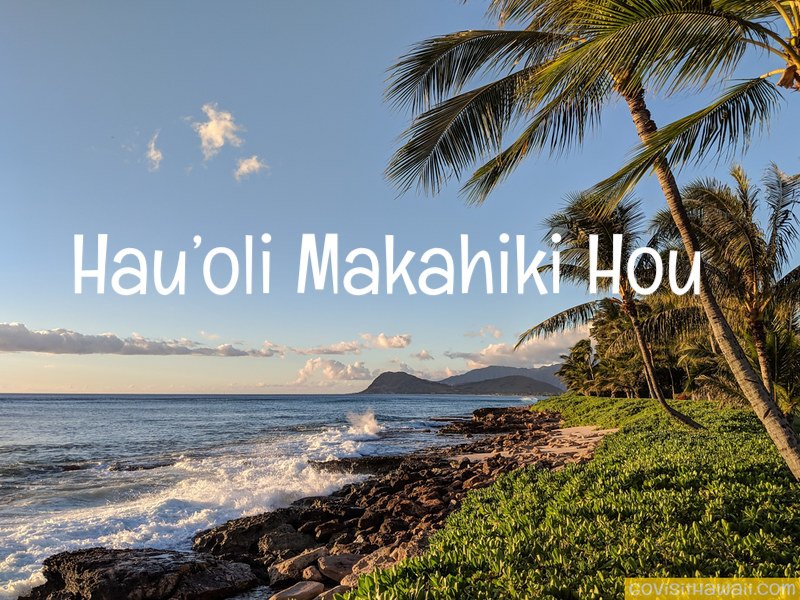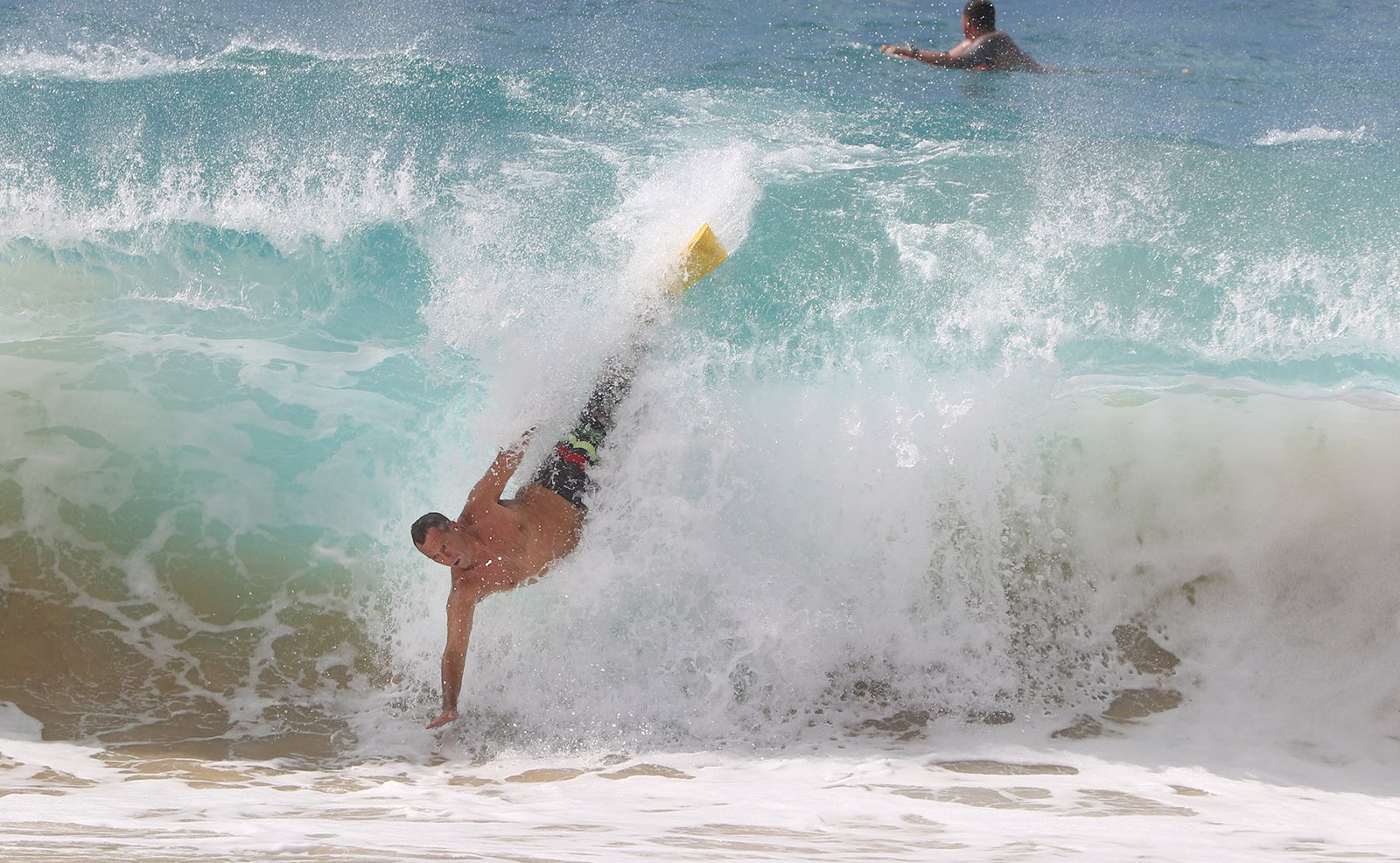There was no morning bell when teachers and staff filled the cafeteria at 8 a.m. It was a waiver day, so there were no students on campus, only a lack of noise and friction in the hallways.
But their absence was a good thing, since we adults were learning what to do in the case of an active threat – a school shooter – and there’s evidence to suggest active shooter drills have profound negative psychological impacts on kids.
Such drills may also inform would-be shooters about how their school would respond, potentially giving them insider knowledge on how to maximize their killing spree.
Fun thoughts to start your morning, but these are the kinds of things we have to think about and prepare for now.
Welcome to teaching in 2023.
The training was led by a group of former police officers called Blue Line Solutions. They began by stating unfortunately undeniable facts: if a school shooting occurs it’ll likely be carried out by a former or current student, and virtually every community that experiences a mass shooting thought it would never happen there.
I can’t imagine a mass shooting taking place in Kailua, and I don’t believe any of my students are capable of something so unspeakably heinous, but how many other teachers have thought the same things only to be horrifically proven wrong? The default posture of suspicion that is necessary for police officers follows a paranoid logic that is hard to shake once it seeps into you.


The training was straightforward: the best option, if possible, is to evade the shooter(s) and flee to safety. If that’s not possible, the next best plan is to lockdown in a classroom.
If all else fails, fight back.
We drilled evasion first. Whistles filled the open air and echoed through the hallways in specific patterns, alerting everyone else that there’s a shooter on campus. If they’re over there, we were instructed, then we need to quickly find the best way to put distance between us and them. That means finding angles and paths that will either provide solid cover from gunfire, or at the very least visual concealment. Whistles blew, heads poked around walls, footsteps scurried across concrete and dirt.
Next, we moved on to the lockdown section of the training: fortifying a classroom in order to make it as difficult as possible for a shooter to enter. I’ll spare the specifics, since the instructors mentioned how one school shooter knew what the lockdown procedure looked like and was consequently able to “create casualties,” as he euphemized.
“We started doing this,” he said about one of the lockdown techniques, “after Parkland? Or was it Nashville? I forget which one.”
Parkland, Nashville, Uvalde. There’s something cruel and semiotic about how random place names come to mean something else entirely, once a warning sign but now increasingly a told-you-so.
It’s even more dispiriting how they all blur together. Columbine was when I first learned that these things happened. Sandy Hook is when I learned they’d never stop happening. No amount of pint-sized corpses can convince us to give up our guns. The people have spoken: every bloody backpack is a testament to their will, every teenage life cut short a victory of American democracy.


After a brief primer on recognizing home-made explosives, we moved to the “engage” portion of the training. This, of course, is the last resort, meant only for the most dire circumstances. We discussed which classroom items could be weaponized, and how they could be used: to throw at an attacker, to use as a blunt striking instrument, to stab. I half-expected we’d use “Home Alone” as a tutorial.
We practiced using different objects to strike a prosthetic arm, then moved to what I like to call the student-stabbing station: a stuffed box representing the student or former student shooting up the school, which we repeatedly stuck with scissors.
It was all pretty bleak stuff when you think about it. Imagine if people rallied around their local schools the way they rallied around guns. What if every time the Legislature demanded teachers do more work for no extra money and with no extra time, or proposed outright cuts to school funding — if people decried it as a breach of their fundamental rights? Because that’s what it is, whether or not a dozen people enshrined it on a legal document 300 years ago.
We all gathered back in the cafeteria at the end of the training, which by then felt depressingly necessary. The instructors, who were thorough and thoughtful, gave us a parting message: “A lot of teachers say they don’t feel comfortable attacking someone, even if their lives are at risk. But we’ve seen that they’ll do anything to protect their kids.”
The room applauded what was meant as a specific compliment, but sounded to me like a broad indictment. If only the rest of the country was willing to do the same.
Civil Beat’s education reporting is supported by a grant from Chamberlin Family Philanthropy.







Leave A Comment